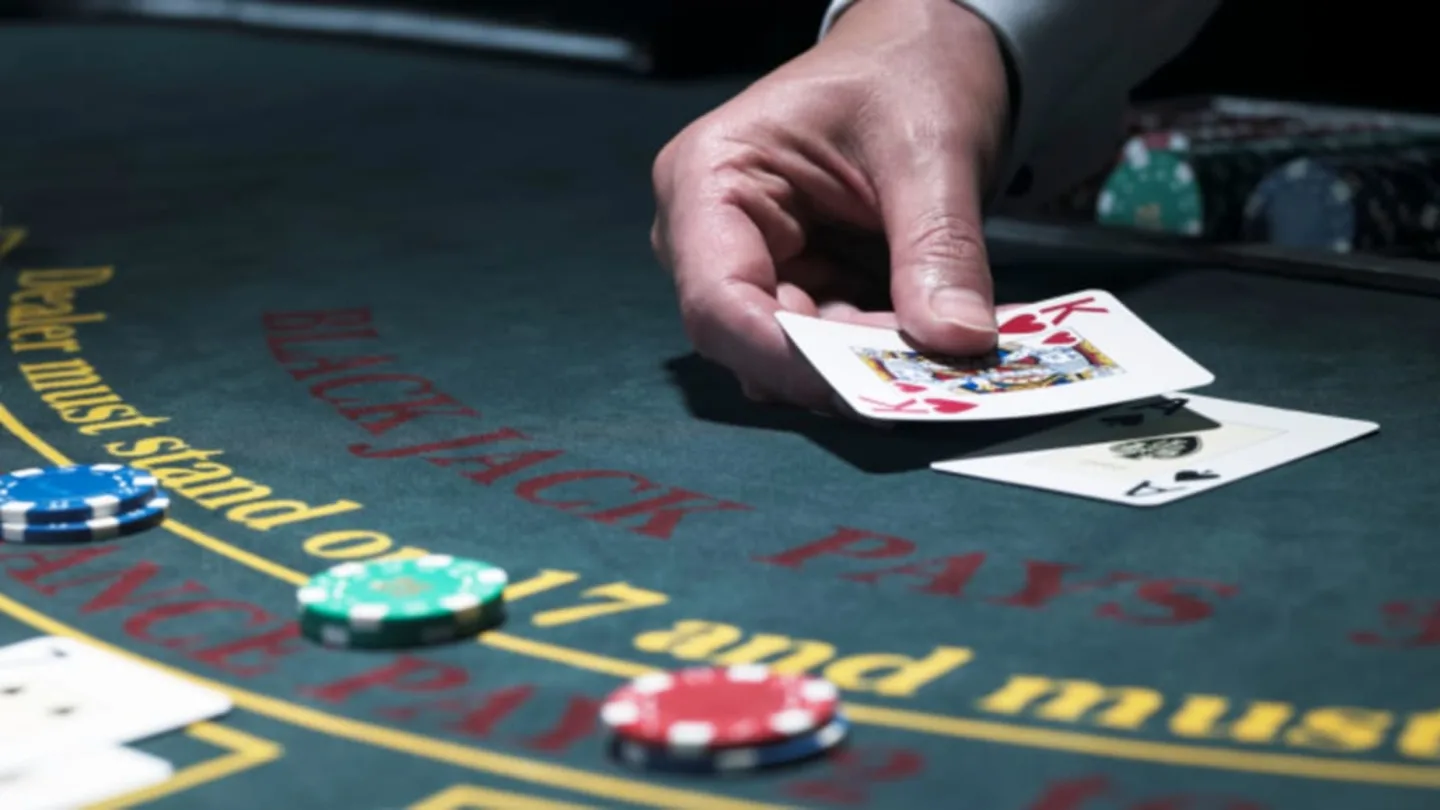How to Use Card Counting in Casino Games
Card counting is an effective strategy that can help players beat casinos. But it requires concentration and practice – especially during fast-paced games! To use this technique successfully.
Basic Strategy involves keeping an tally of all high and low cards; higher counts signify more high cards while a lower count indicates fewer high cards.
Counting cards
Card counting is an effective strategy that gives players an edge against dealers in casino games such as blackjack and baccarat, although other casino games may also use this tactic. By keeping track of which cards have been dealt out, card counters can adjust their betting and playing strategy to exploit deck composition more efficiently. Although card counting works best when used for these two forms of gameplay, it can also be employed in other forms of play such as craps.
Step one in learning how to count cards is understanding their values. Each card has an associated number value from +1 through 9, where cards 2-6 represent positive numbers while 7 through 9 indicate negative ones. Once this understanding has been secured, practice should begin! Once these values have been understood and memorized, practice begins!
Be wary of distractions when practicing card counting. Accuracy will bring greater rewards, with casinos potentially ejecting those caught red-handed counting cards from tables if their skill becomes apparent. For free practice online or with physical decks of cards at home – consider doing both!
Keeping track of the count
Card counting can provide players with an edge over the house. It involves tracking all cards that are dealt and adapting betting and playing strategies accordingly. Novice gamblers may struggle with keeping count, but by practicing various tracking techniques and seeking guidance from experienced card counters they can learn this skill and master it quickly.
Card counters keep track of each hand by adding up all of the cards dealt arithmetically to an ongoing running count, in order to maintain balance as cards are removed from the shoe and shuffled around. Edward O. Thorp first developed such a counting system in his book Beat the Dealer; however, later systems may prove more profitable and easier to use.
Some card counters use an alternative counting technique called “plus-minus” counting to remove mental calculations while at the table. This system assigns positive values to individual cards and negative ones to tens and aces for easy comparison between card values.
Keeping track of your bets
Card counting is a long-term strategy that requires patience and sound bankroll management. Because card counting relies on actual statistics, mastery takes some time. Some use pad-and-pen while others prefer spreadsheets or online solutions for tracking bets placed and tallying up before each game – with practice this becomes much more efficient.
Many casino games involve counting cards, with blackjack being the most prevalent example. Card counting can lower the house edge by 1-2% with careful practice in a real casino; however, due to noises and distractions being prevalent at busy casinos it may be hard to focus on just playing the game without being identified as a card counter and kicked out!
Successful card counters typically keep their bets small, increasing them only when their count indicates an edge for themselves. Doubling or tripling your bet may alert both pit bosses and dealers about your tactics – it is wiser to opt for quiet play.
Keeping track of the dealer
Card counting is a complex strategy requiring dedication and energy, yet can generate debate and legal battles between players who seek an edge and casinos who protect their interests. Success requires mastering card counting quickly and accurately so that bettors can make informed betting decisions.
To effectively count cards, it’s necessary to first learn the values of each card and keep a running count of them. A +1 card would be considered a king or jack; two through six cards with negative values have negative values of 1. Then divide the running count by the remaining decks for an accurate assessment.
Along with mastering a basic counting system, shuffle tracking is also an essential skill to account for cards lost due to frequent deck reshuffles in casinos. Unfortunately, keeping track of every card being dealt can be very challenging when they change regularly!




